Optimal Timing for Fire Restorations
Fire restorations are most effectively conducted during specific periods to ensure optimal results. The best time for fire restorations depends on weather conditions, fire season activity, and property accessibility. Typically, late spring and early fall are preferred due to milder weather and lower humidity levels, which facilitate thorough cleaning and repairs.
Spring and fall offer favorable weather for fire restoration projects, reducing delays caused by extreme temperatures or precipitation.
Restorations are ideally scheduled after the peak fire season, when fire activity decreases and safety is prioritized.
Off-peak months improve access to affected properties, allowing for comprehensive restoration work without scheduling conflicts.
Avoiding winter and mid-summer periods minimizes weather-related challenges such as snow, heavy rain, or heat waves.
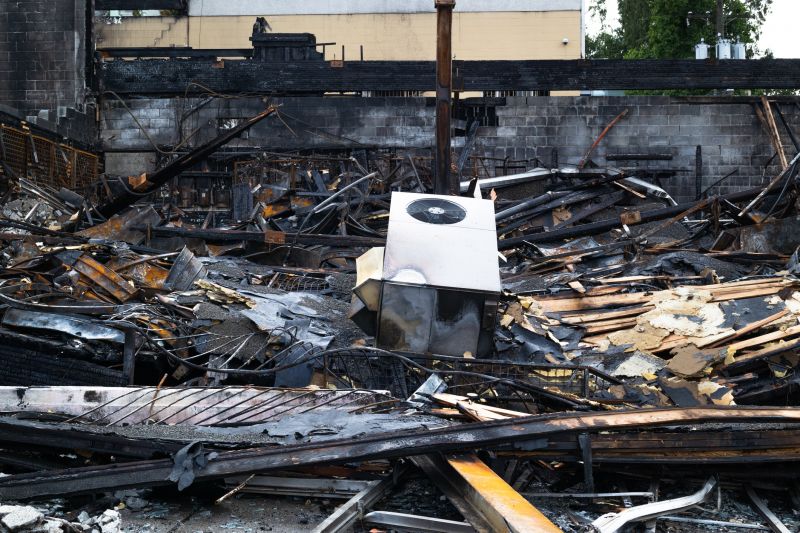
Initial evaluation of fire-affected structures to determine scope of restoration.
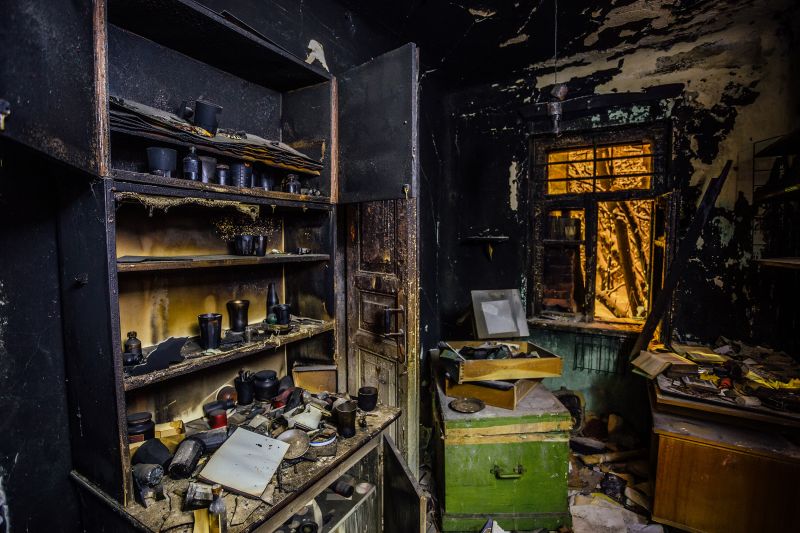
Removing soot, ash, and damaged materials to prepare for repairs.

Restoring structural integrity after fire damage.

Ways to make Fire Restorations work in tight or awkward layouts.
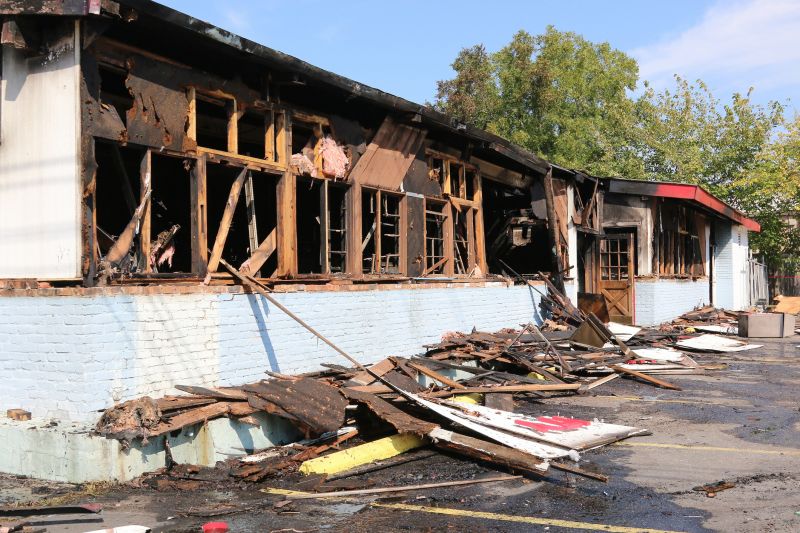
Popular materials for Fire Restorations and why they hold up over time.
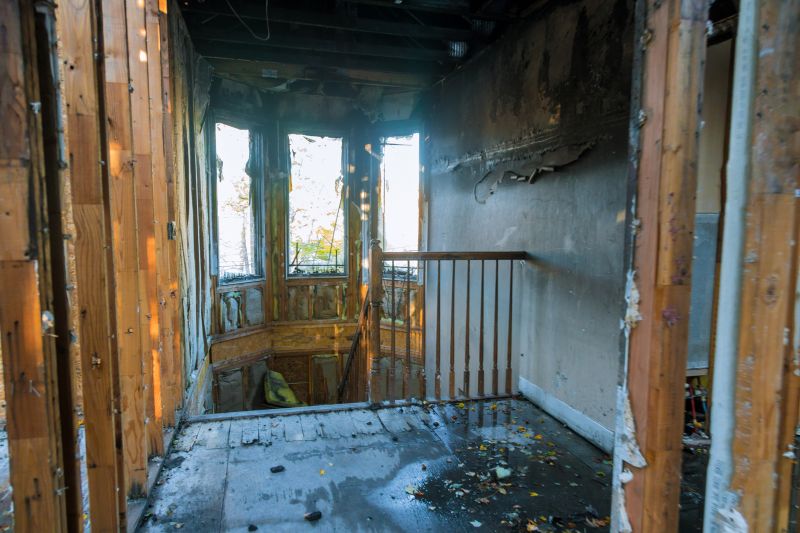
Simple add-ons that improve Fire Restorations without blowing the budget.
| Aspect | Optimal Timing |
|---|---|
| Weather Conditions | Late spring and early fall |
| Fire Season | Post-peak fire activity |
| Property Access | Off-peak months |
| Insurance Processing | During claim settlement |
| Temperature Extremes | Avoid winter and summer |
Fire restorations involve comprehensive processes to repair and recover properties affected by fire incidents. These procedures include soot and smoke removal, structural repairs, and cleaning of affected areas. Accurate assessment and timely intervention are crucial to prevent further damage and ensure safety. Statistics indicate that timely fire restorations can significantly reduce long-term costs and restore property value efficiently.
Fire damage can compromise structural integrity and pose health risks due to residual smoke and toxins. Restorations often involve specialized cleaning techniques and materials to ensure that affected areas are safe and habitable. Proper timing of these services enhances the effectiveness of repairs and minimizes disruption to property owners.
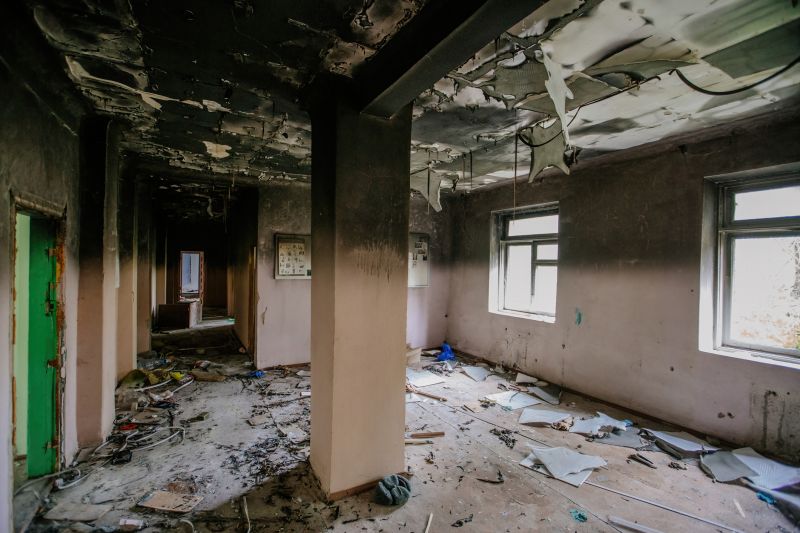
Removing soot and smoke residues to prepare for repairs.

Rebuilding and reinforcing fire-damaged structures.
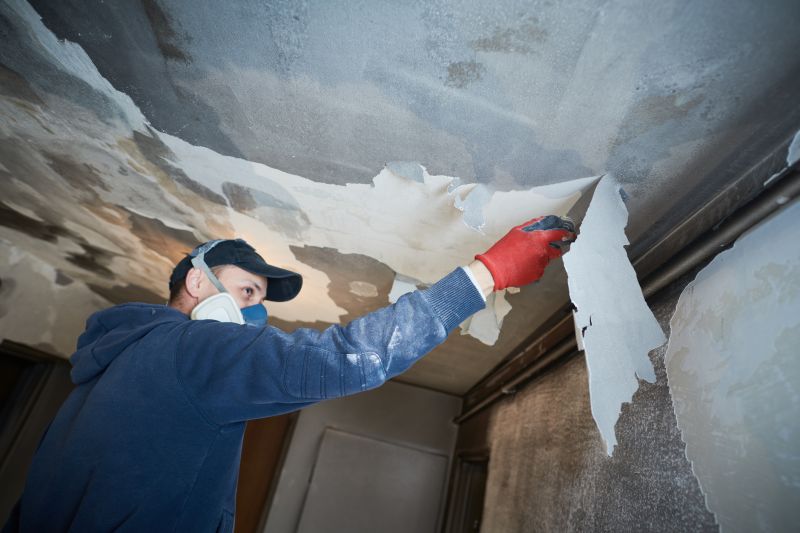
Ensuring all restoration work meets safety standards.
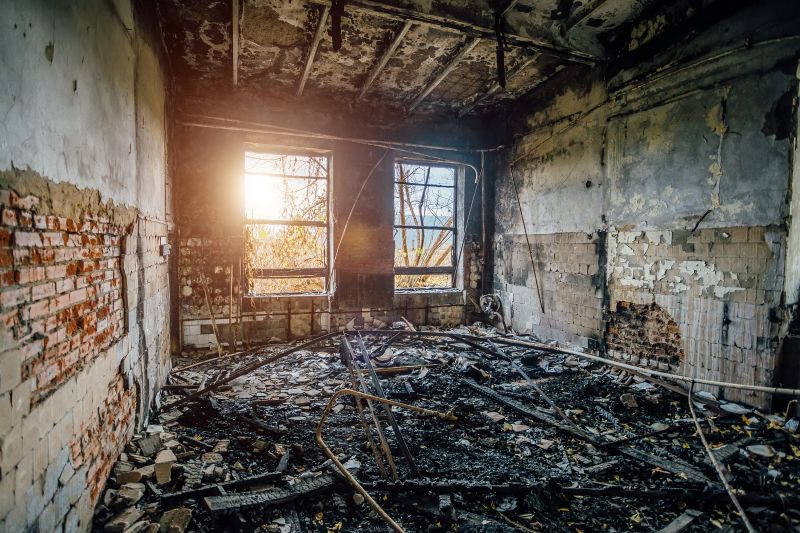
High-end options that actually feel worth it for Fire Restorations.
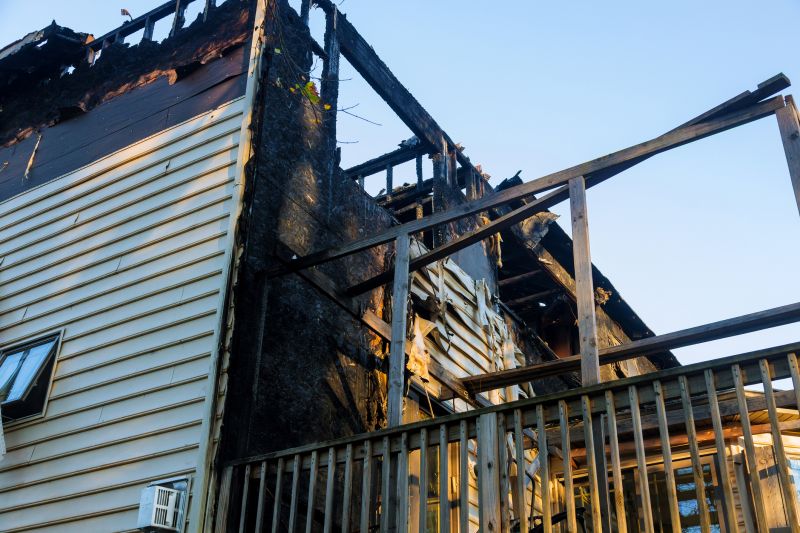
Finishes and colors that play nicely with Fire Restorations.

Little measurements that prevent headaches on Fire Restorations day.
Those interested in fire restoration services are encouraged to contact for more information. Proper timing and expert intervention can help restore safety and functionality efficiently after fire incidents.

